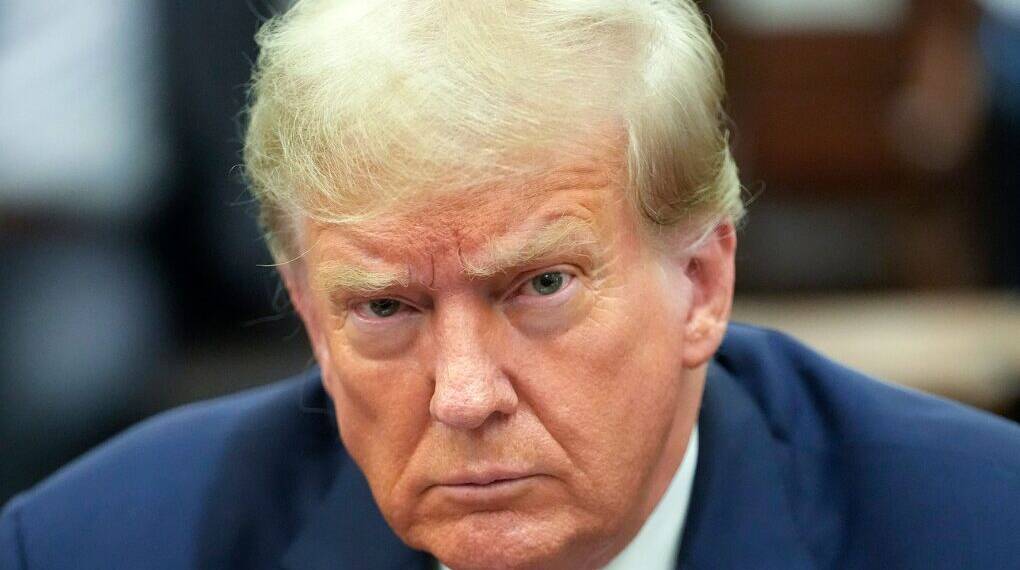A new wave of sweeping tariffs imposed by the United States is sending shockwaves through global markets, as dozens of countries—from long-standing allies to economically vulnerable nations—brace for steep economic fallout. The new measures, some of which go as high as 50%, will take effect on August 7, affecting hundreds of billions of dollars in trade.
The tariff policy, announced without formal trade doctrine or multilateral consultations, has been widely criticized for its unpredictability and lack of transparency. Critics, including trade economists and foreign leaders, say the actions appear arbitrary—targeting both economic rivals and friendly nations alike—with some decisions seemingly driven by political grievances rather than trade imbalances.
Asia Bears the Brunt
Asian economies have emerged as the hardest-hit region. Myanmar and Laos, already struggling with poverty and political instability, face devastating 40% tariffs, potentially crippling their limited export sectors. Brunei, India, Bangladesh, Sri Lanka, Vietnam, and Thailand are all subject to 25% tariffs, hitting key sectors such as textiles, jewelry, and electronics—industries that are vital to millions of workers across the region.
Taiwan will also be affected, facing a 20% tariff on high-value tech exports. Indonesia and Malaysia have fared slightly better but will still face 19% duties.
Pakistan, which is facing a 19% tariff, has drawn particular scrutiny. Experts point to recent reports of clandestine geo-economic deals involving figures close to the Trump family, suggesting the tariffs may be politically motivated.
Tariffs Extend Far and Wide
The new tariffs are not limited to Asia.
Syria, a country still in the throes of civil war and humanitarian crisis, will be hit with 41% tariffs—a move analysts describe as “punitive and indifferent to the country’s humanitarian needs.”
Switzerland, a neutral nation and a key financial hub, will face 39% tariffs, reportedly due to its “lack of commitment” to European security initiatives.
Canada, traditionally one of America’s closest allies, will see a steep 35% tariff on its exports.
In contrast, other major economies like the European Union (15%), Japan (15%), and the United Kingdom (10%) have been relatively spared. China, often the focal point of U.S. trade tensions, has so far avoided additional tariffs—likely due to ongoing trade negotiations and behind-the-scenes diplomacy.
Rising Costs for American Households
While foreign governments are voicing their concerns, it’s American consumers who may face the most immediate consequences. Economists warn that the tariffs act as a hidden tax on the U.S. public. Since importers typically pass increased costs along the supply chain, consumers will ultimately pay more for everyday goods—from clothing to electronics.
A recent study estimates that the average U.S. household will spend an additional $1,000 per year as a direct result of the new tariffs.
“Tariffs of this scale, applied this broadly, disrupt established global supply chains and drive up costs across the board,” said Dr. Emily Garcia, an economist at the Peterson Institute for International Economics. “The idea that the U.S. can tariff its way to prosperity without consequences is not grounded in economic reality.”
Lack of Clarity Sparks Global Anxiety
One of the most troubling aspects of the tariff rollout is the absence of a clear policy framework. Unlike traditional trade measures that follow a legislative process or international dispute mechanism, these tariffs have largely been issued via executive action—leaving governments and businesses uncertain about what comes next.
“There’s no playbook here,” said a European trade diplomat, speaking anonymously. “No one knows whose decisions will be next or how are being made.”
The announcement has also led to renewed fears of a broader trade war, with several countries reportedly preparing retaliatory measures.
Winners and Losers
While a handful of U.S. industries may see short-term gains, the broader picture suggests the winners are few and the losers are many. Fragile economies may suffer severe job losses, while American businesses face disrupted supply chains, higher production costs, and a potential loss of global competitiveness.
For countries like Brazil, facing a 50% tariff, and Canada, dealing with 35%, the damage is not just economic, but also diplomatic. Once-stable trade relationships are now strained under the weight of uncertainty and distrust.
As the August 7 enforcement date approaches, global markets remain on edge. Businesses, policymakers, and consumers are all asking the same question:
Who truly pays the price when global trade becomes a one-man show?








